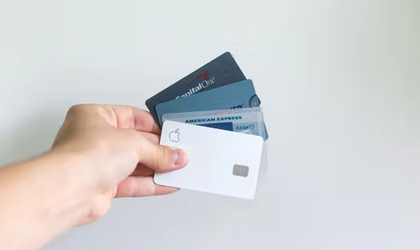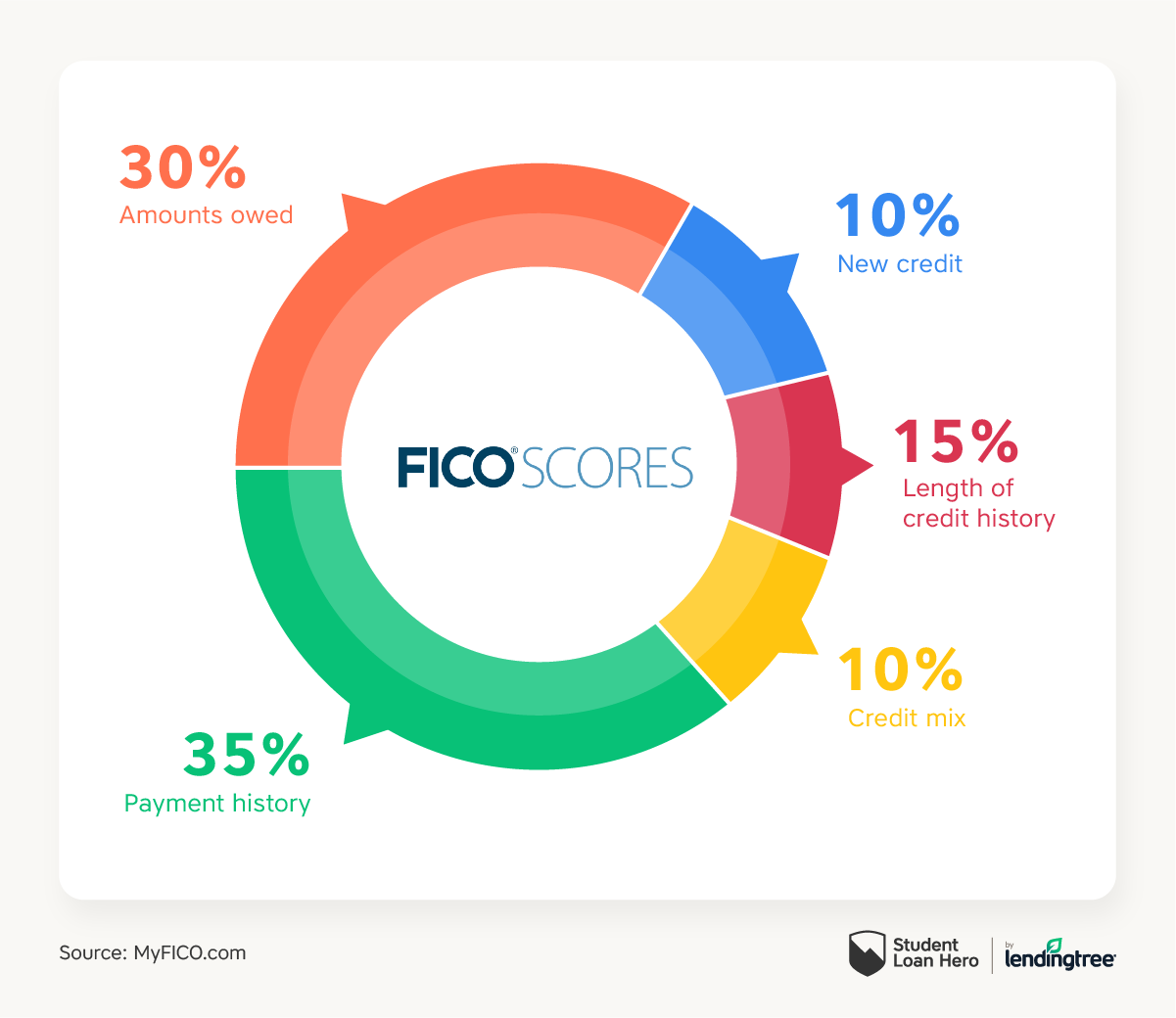
Credit bureaus assign credit scores to your credit reports based on the way you have paid your bills, how much you owe, and the time it has been since you applied for credit. These scores help lenders predict whether or not you'll be able to pay your bills on time. They range in score from 300 to 850. Higher scores indicate that you make timely payments. These credit bureaus collect, synthesize, and present this information to lenders and other businesses.
The three main credit bureaus are Equifax, Experian and TransUnion.
Credit bureaus can track your credit to assess whether you are a suitable risk for lending. There are many credit bureaus out there, but most lenders will use one or two of the major three. Equifax, a credit bureau, was originally established in 1899 for retail credit. The company had offices across North America by 1922 and credit files for many millions of Americans.
Each bureau has its own different business model and offers different credit monitoring services. While TransUnion focuses primarily on consumer data, Equifax also sells consumer information to retail companies and government agencies. Both companies offer credit monitoring for the general population.

They each have free annual credit reports
Call the number above or visit the website to get your annual credit report for free. The report will reach you in 15 days. You may also request it in staggered intervals, or up to four months apart. You will not get a complete credit report if you request it in a staggered manner. A monitoring service can be a good option. They cost between $40 and $100 each year.
Each credit bureau reports information about you. However, this information could be different between the three. Because creditors don't need to report all three bureaus. Some mortgage companies only need to report to one of the three bureaus. So, it is important to check all three to see if there are any discrepancies. This could affect your credit score.
They each have a background check
Check your credit report to find out if anyone has been convicted. This is an excellent way to avoid identity theft. These reports can also be used for loan applications, utility deposits, among other things. These reports include information such as identification, payment history, and a list with past and current credit cards.
Equifax, Experian, or TransUnion all provide credit reports. Each bureau has a different way of calculating your credit score, and the information may differ slightly. To protect your credit and keep it healthy, you need to be aware of what each bureau doesn’t do.

Each one has a VantageScore credit score model
FICO scores still have a lot of use, but VantageScore uses a more precise model for credit scoring. It measures factors such as the age and type of credit accounts, as well as payment history. VantageScore includes trends as well as measures the available credit. It is available free of charge on websites such as Credit Karma.
VantageScore, a consumer credit report bureau that tracks consumers' credit history, was launched in 2006 by three major credit reporting agencies. VantageScore 3.0 has been released in 2013. It quickly became the most popular credit scoring model and helped over 40 million Americans get their scores. VantageScore 3.0 is still used by many lenders for loan approvals.